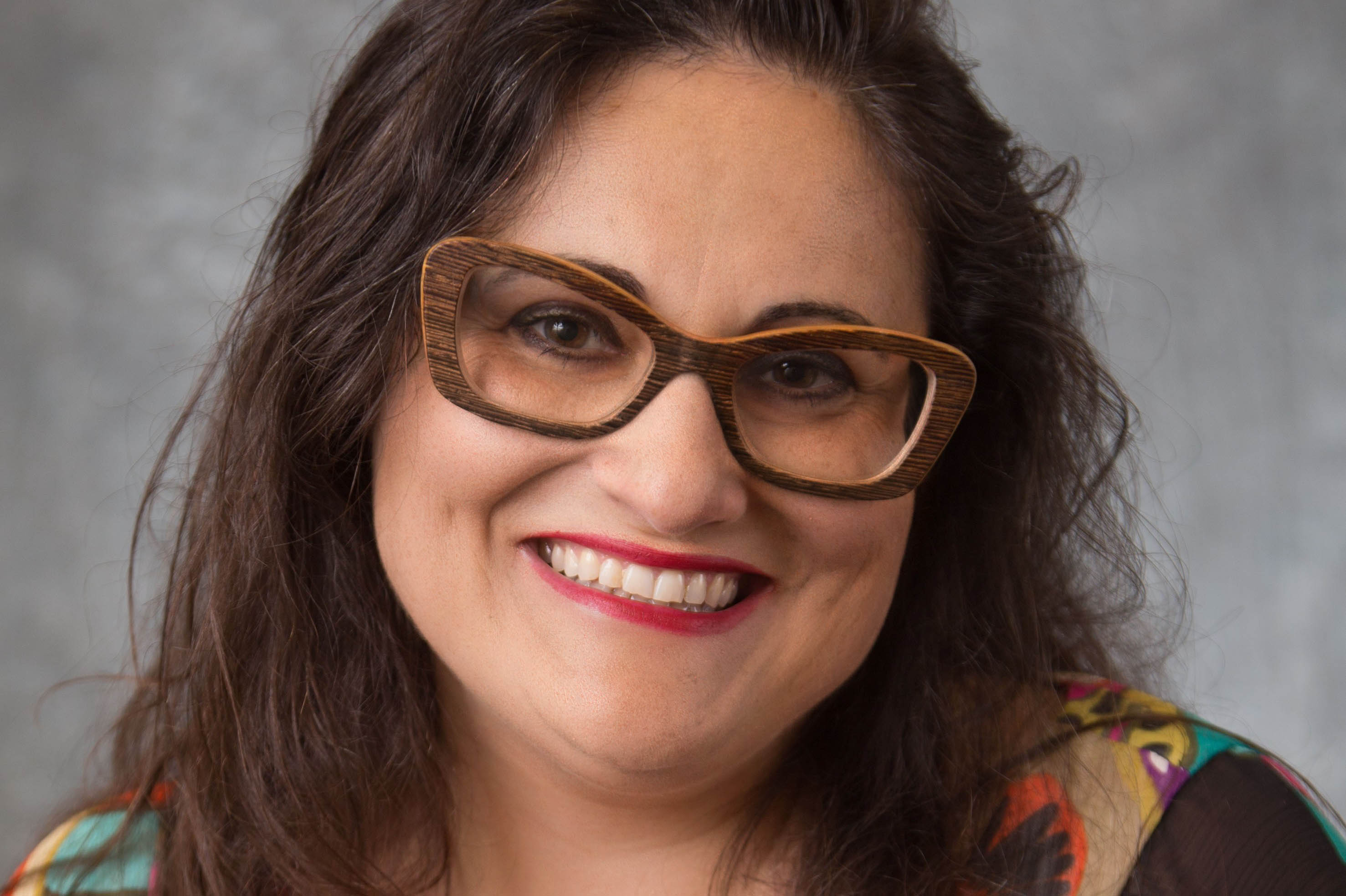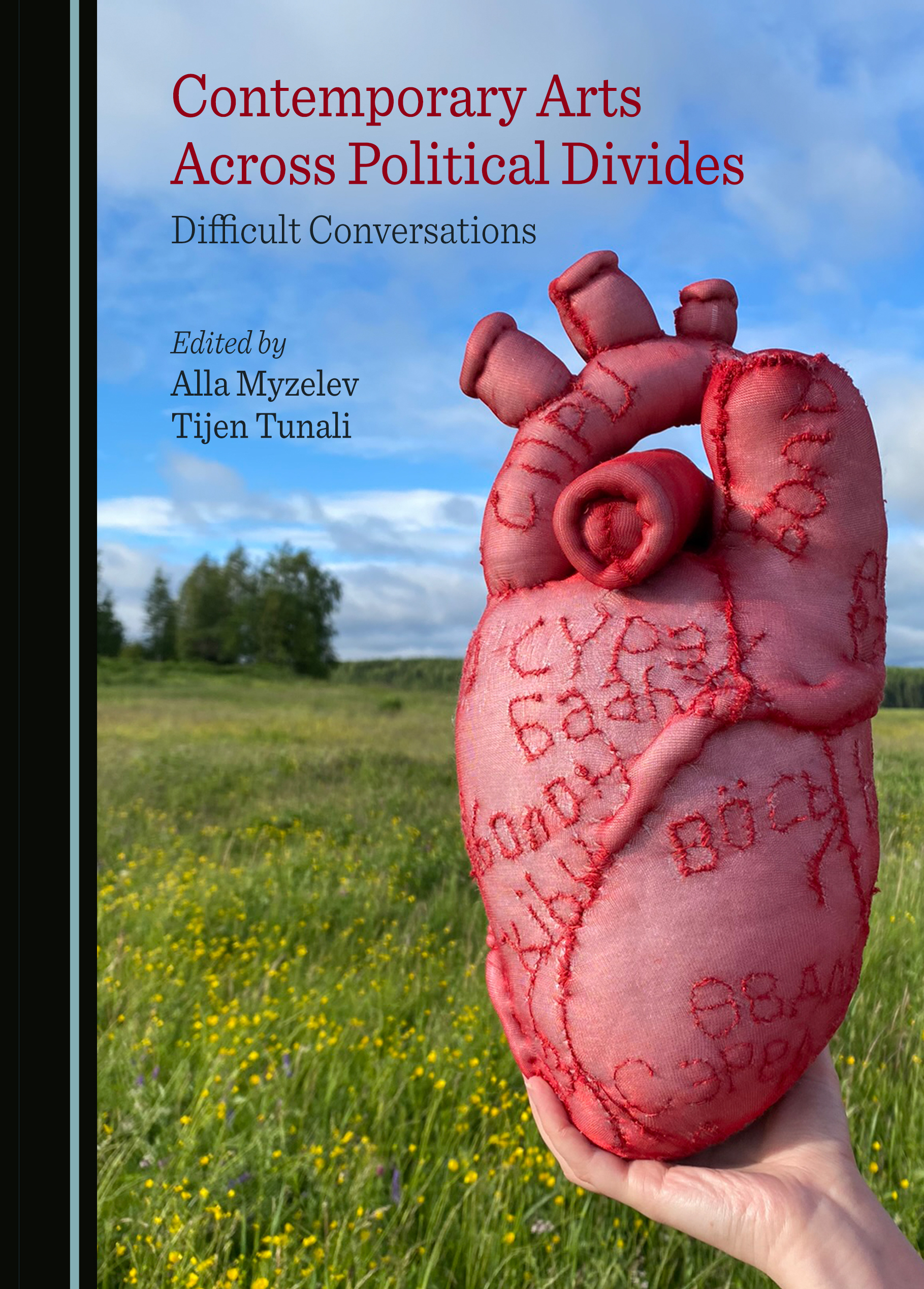
Associate Professor Alla Myzelev
Author
Publication
Contemporary Arts Across Political Divides: Difficult Conversations Facebook Twitter Email, Cambridge Scholars (2023)
Abstract:
Contemporary Arts Across Political Divides, coedited by SUNY Geneseo’s associate professor of art history Alla Myzelev and Tijen Tunali, an Andrew Mellon Research Fellow at Columbia University, explores what art and artists can do to create democratic spaces, forms, and languages in a world devastated by multiple crises. Artists, activists, art historians, and curators conduct timely and critical analyses across political divides, informing the public search for agency, dialogue, and self-representation. They analyze how artists transform these social relations through aesthetic means with a shared commitment to bridging political divides and conflicts. The book uses case studies from Australia, India, Mexico, the USA, Turkey, Palestine, Israel, the Balkans, Russia, Italy, and Ukraine to discuss the possibility or impossibility of building avenues for participation, equitable interaction, self-organization, as well as the common creation of the imaginary and a culture of dialogue. The book pushes for a broader and more conflict-oriented understanding of art and politics.
Implications for Society:
The book shows the need for more projects that cut across political disagreements or long historic border conflicts.
Implications for Research:
The authors used two important theoretical notions:
1. Dialogic relationship—explains how art can create a dialog that could go beyond the creation of art for art markets and museums and galleries.
2. agonistic coexistance—describes how some parts of the world exist in constant conflict both violent and mainly non-violent. They explored how agonistic or radically different opinions can become a productive way of communicating using collaborative art practices or projects.
Implications for Policy:
The book demonstrates that it is highly beneficial to fund art projects in the areas of high conflict.

More Research Briefs
Call for Research
We invite SUNY Geneseo faculty to submit peer-reviewed research from the last three years to be added to this site.
